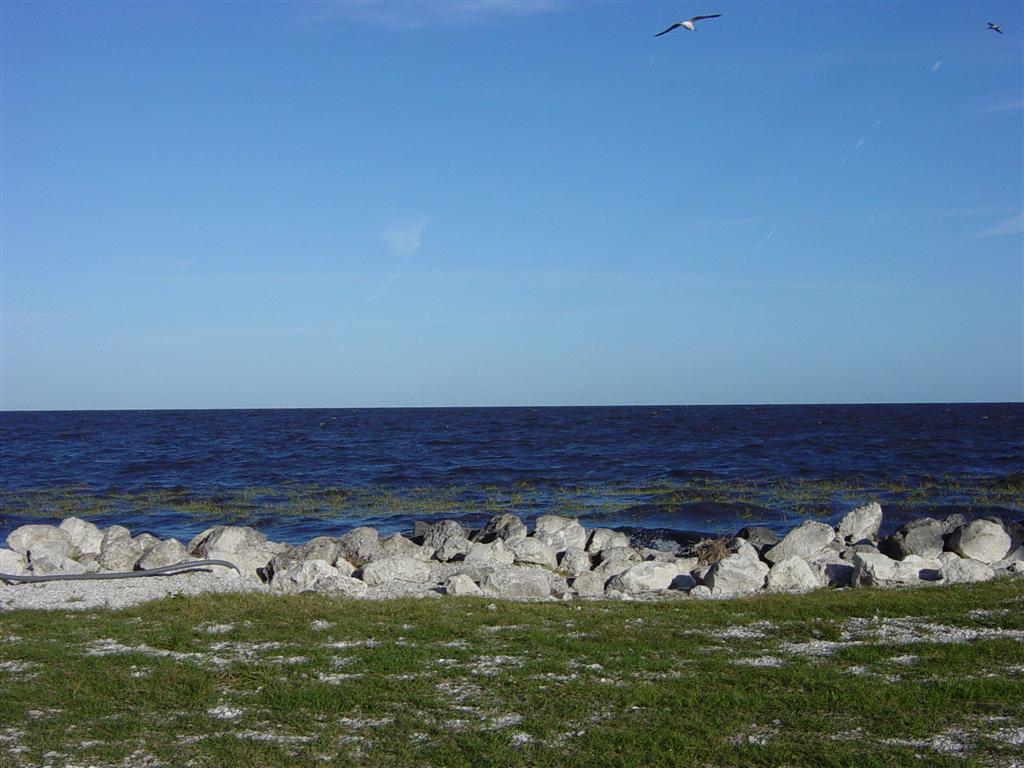You have to know the history of Lake Okeechobee if you really want to enjoy your visit. Also known as “The Lake” or “The Big O”, this body of water is the biggest lake in Florida state. Next to Lake Michigan, this is the second largest freshwater lake in the 48 states of the United States. If you include Alaska and Hawaii, it becomes the seventh largest lake.
Lake Okeechobee is 730 square miles wide. You cannot see the opposite shore because of its width. It is so wide that 5 counties share it: Glades, Marketing, Hendry, Palm Beach, and Okeechobee counties. Although it is big, most of it are quite shallow. The average depth of the lake is 9 feet. This is why navigating this body of water requires a special vessel called the airboat. This type of boat has a flat bottom and is propelled forward by an aircraft-type propeller.
Having a background of the history of Lake Okeechobee will allow you to appreciate its beauty as you explore the waters. According to the information published on the Florida state website, geological surveys reveal that this lake was formed around 6,000 years ago. It is believed that the ocean waters receded and left shallow waters covering a big part of Florida. The name itself, when translated from the Hitchiti language, means “big water” (oki for water and chubi for big). Despite being shallow, this lake is the source of the Everglades.
What you see in the lake today is a result of various changes in the state. Based on the data found on State.FL.us, here are the changes that affected the present day Lake Okeechobee.
- 1890s: a Philadelphia businessman and real estate developer (Hamilton Disston), built a canal that connects Lake Okeechobee to Lake Hicpochee. This provided the lake with an outlet towards the Caloosahatchee River.
- 1900s: various canals were constructed by the Everglades Drainage District to allow a continuous, albeit slow, drainage of the Lake Okeechobee and the Everglades. This allows the northern part of the Everglades to be drained for agricultural purposes. It also kept the crops from being flooded.
- 1920s: flooding caused by two devastating hurricanes prompted the state to turn to the Congress for help. The natural disaster caused a storm surge that caused around 2,000 people to perish. To prevent this from happening again, the Congress directed the United States Army Corps of Engineers to build the Herbert Hoover Dike. This is a system of canals and levees that surround the perimeter of the lake up to this very day. This system allows engineers to control the discharge of water from the lake.
Of all the details from the history of Lake Okeechobee, it is the construction of the Hoover Dike that caused the most development around the lake. Since it was built, the surrounding area was successfully converted into agricultural land. Dairy farms, cattle ranches, and vegetable farming flourished thanks to the Lake.
Since Lake Okeechobee is valuable to its surrounding areas and home to various endangered species, the Congress clearly stated how it is to be used to avoid exploitation. Among its uses includes the following:
- Water supply for: surrounding municipalities, agricultural irrigation, regional groundwater control, estuary salinity control and other industrial uses
- Management of flood and other storm risks
- Fish and wildlife enhancement
- Navigation and recreation
Now that you have a better understanding of the history of Lake Okeechobee, you can appreciate it in its present condition. You will understand the story behind the massive Hoover Dike and the various agricultural developments around it. More importantly, its role in the local ecosystem will make you cautious and careful of how you enjoy your visit within and around the lake. Something as precious as Lake Okeechobee needs protecting and everyone is expected to pitch in – even if it is a simple act of cleaning up after your stay.
Image courtesy of Wikipedia.org


